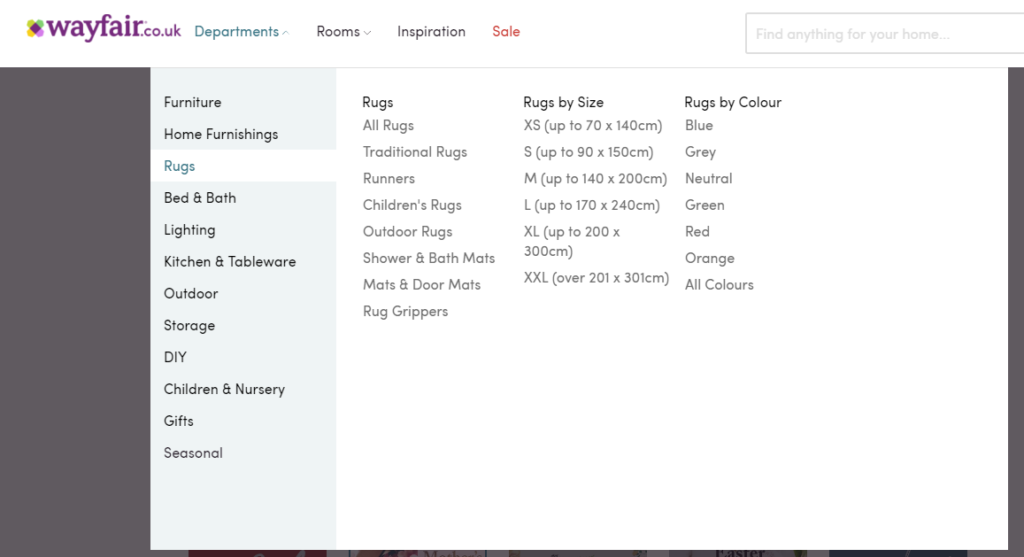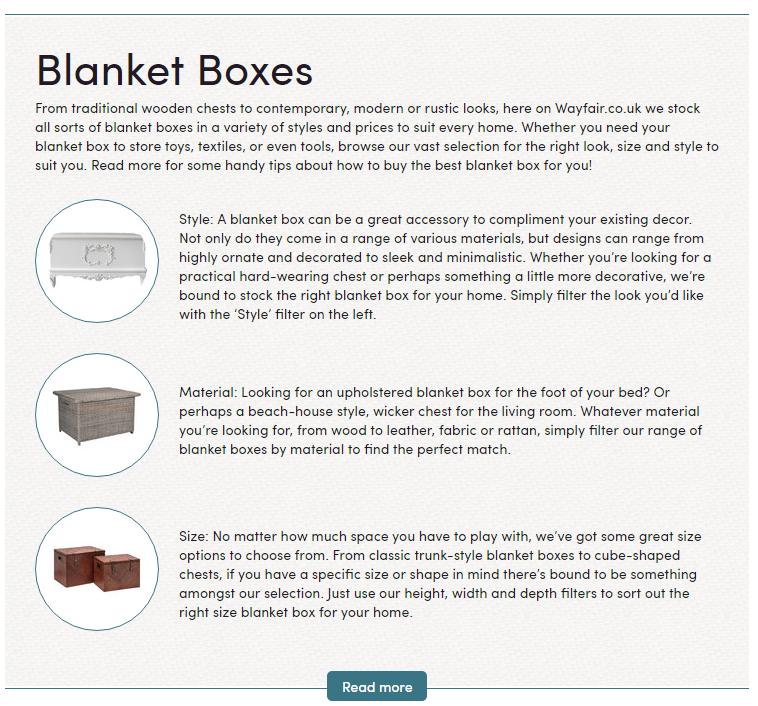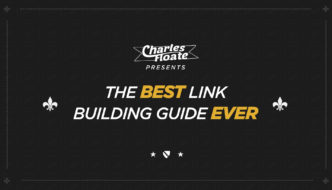No, this post is not clickbait and yes, I do realize in my top 3 popular posts sidebar, I have my silo structure article sitting pretty high.
The Rise/Hype of Silo Structure
A term made famous in the SEO industry by Bruce Clay, silo structure refers to creating a URL/Site structure that internally flows juice from your top level pages (such as your homepage) all the way down to your money pages.
Unlike a lot of hype based techniques, silo structure did (and to an extent, does) actually work – Especially for smaller sites such as local businesses or niche affiliate micro-sites.
Why It’s Now Dead / Replaced
With the additions of hummingbird and panda, Google has gotten a lot better at identifying and linking topics to there respective websites, and vice versa. Evidence of this shows when you run topical keywords through Google Trends and see more & more brand terms appearing as related queries & topics.
It’s no surprise though with the introduction of breadcrumbs and other microdata, Penguin being on a page by page basis and multiple other reasons.. Silo structure has become outdated for even a small local site.
It’s reliance on major pages actually passing juice down the chain is a thing of the past.
Topical Relevancy Is The Way Forward
Now-a-days, you want to put all of your related pages into bubbles (as an easier way of explaining it than “nodes”) like –

You want each topic your site has to have it’s very own topical bubble – Which allows Google to distinguish between massively different topics on the same domain, without having unique sub-domains.
This is what allows you to turn one niche focused site into an authority that can cover many different ones – Whilst backing up every page inside each bubble with the correct topical authority it requires.
A few extra tips on topical authority:
- You can use internal and external 301s and 404s to pass topical authority.
- Topical authority doesn’t require a URL structure or interlinking, though both can be beneficial – You can topically sort via nav bars, sitemaps and micro-data.
- If you are trying to rank local, look at becoming a topical local – Are you a local plumber? Then create content around local sewage systems or waterways.
Larger Sites Require Topical Structure
This is especially important for E-Commerce sites which host arrays of different products – Even though a spatula is a kitchen based utensil, it’s going to have a very different topical bubble than a stove, as shown by Google trends –

Bonus Tip: Use these different interlinked queries/topics to add additional content to your individual pages, helping each page gain more topically authority.
The best example of an E-Commerce site doing this well, is Wayfair.. A quick glance at their UK site’s SEMRush will show you what I mean –

Overall, the Wayfair site is an E-Commerce one stop shop for home based utensils and appliances, yet underneath they have hundreds of different categories for the products they sell –

Instead of opt’ing for a URL based silo structure, Wayfair have gone for level 1 only (so a max depth of /product/) for there category and product pages, each category (and inner category) has a custom wrote (and additional schema/rich media formatted nicely on several of them) tab at the bottom of every page, with the infamous “read more” SEO-friendly text box –

I will note that they didn’t opt for keyword friendly meta titles – This has disadvantages as you could be increasing overall traffic, but at the same time, the huge content pieces at the bottom of every page mixed with the excellent link campaign the Wayfair team have done.. They’re in no real need of having optimized titles as they’ll rank anyway – Though for smaller E-Commerce sites I would recommend writing custom titles.
You’ll note the lack of interlinking outside of the navigation bar.. but this is where Wayfair’s team have won once more, splitting the sitemaps into individual product sections which are the most topically relevant to each other, in order.
Wayfair’s Link Profile
The clever use of previously stocked products URLs as powerful 301s to more profitable related products, interesting link bait tactics (such as this Downtown Abbey Location Map) and “Featured Expert Community” (aka a blogger outreach program) have all blended to produce a very powerful link profile as well.
/Hat Tip To Wayfair SEO Team
Conclusion
My main point is that topical relevance and authority can be achieved now-a-days without using internal linking and specific site structures – You don’t need to be trying to force juice to flow down your site if you have a support network onsite.
There are benefits of using some techniques during specific cases, but you really need to find out what is best for your site depending on what it needs now, and what it’ll need in the future.
Thanks For Reading
I know I haven’t been blogging much and that’s down to an injury I did explain in a video on my YouTube channel – I have plans for several more posts and guest posts coming out over the next few months.. As well as I’ll still be updating my YouTube channel here with more videos.
This post was also smaller than normally due to the wrist injury. If you’d like to learn more about topical SEO, I wrote an introduction guide here.
I hope you enjoyed this post, have a wonderful day!








